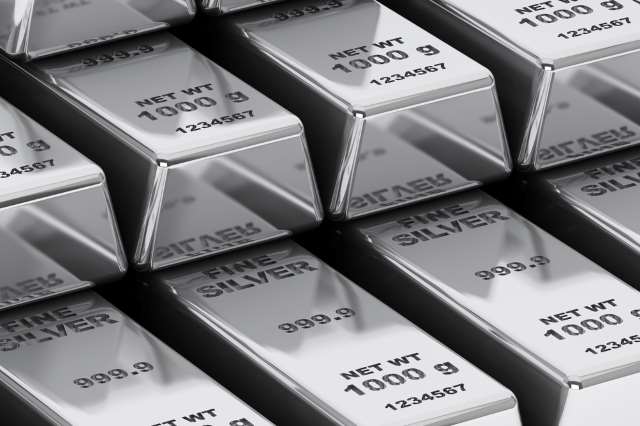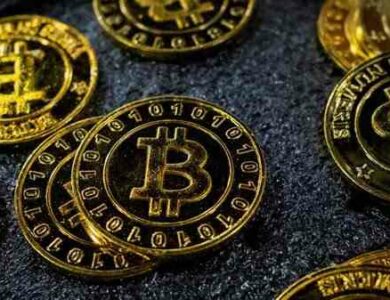Beyond Gold: Why Silver ETFs are the Smart Investor’s Choice

For investors seeking to diversify their portfolios and add a hedge against inflation, silver has historically been a compelling option. However, directly investing in physical silver can be inconvenient and costly, requiring secure storage and incurring additional fees. This is where silver exchange-traded funds (ETFs) come in, offering a convenient and accessible way to gain exposure to the silver market without the downsides of physical ownership.
This guide provides a comprehensive overview of silver ETFs, exploring their advantages, considerations, and how to choose the right one for your investment goals.
What is Silver?
Silver is a precious metal with a long and rich history. It has been used for centuries as a form of currency, jewelry, and industrial applications. Today, silver continues to be in demand for various purposes, including:
- Electronics: Silver’s high conductivity makes it a crucial component in electronics such as smartphones, computers, and solar panels.
- Jewelry: Silver is a popular choice for jewelry due to its affordability, beauty, and durability.
- Investment: Silver is widely recognized as a safe haven asset, offering a hedge against inflation and economic uncertainty.
What are Silver ETFs?
Silver ETFs are investment vehicles that track the price of silver. They hold physical silver bullion in secure vaults, allowing investors to gain exposure to the metal without the need for direct ownership. Shares of silver ETFs are traded on stock exchanges like traditional stocks, offering investors high liquidity.
Types of Silver ETFs
Two main types of silver ETFs:
- Physically backed ETFs: These ETFs hold physical silver bullion in secure vaults, directly mirroring the underlying asset’s performance.
- Unbacked or synthetic ETFs: These ETFs use derivatives such as futures contracts to track the price of silver. They offer lower expense ratios but may introduce counterparty risk.
Advantages of Investing in Silver ETFs
- Convenience and Liquidity: Unlike physical silver, silver ETFs can be easily bought and sold on stock exchanges, offering investors greater flexibility and liquidity.
- Fractional Ownership: Investors can buy fractional shares of silver ETFs, making them accessible even with smaller investment budgets.
- Cost-Effective: Silver ETFs eliminate the storage and insurance costs associated with owning physical silver. Additionally, their expense ratios are typically lower than those of actively managed funds.
- Diversification: Silver ETFs offer a way to diversify your portfolio beyond traditional assets like stocks and bonds, potentially reducing overall risk.
- Inflation Hedge: Silver has historically acted as a hedge against inflation, protecting your purchasing power during periods of rising prices.
- Potential for Capital Appreciation: Over the long term, silver prices have shown a trend of upward appreciation, offering investors the potential for capital gains.
Considerations and Risks
- Volatility: Silver prices can be volatile, subject to short-term fluctuations. This volatility can be amplified in leveraged silver ETFs.
- Expense Ratios: All ETFs charge annual fees, which can impact your overall returns. It’s important to compare expense ratios before investing.
- Counterparty Risk: Investors rely on the ETF provider to manage the underlying assets responsibly. Choosing reputable providers with a proven track record is crucial.
Comparison with other Precious Metals: Silver vs. Gold
Both silver and gold are popular precious metals with similar characteristics. However, some key differences distinguish them:
- Price: Silver is generally more affordable than gold, making it a more accessible investment for smaller budgets.
- Volatility: Silver prices tend to be more volatile than gold prices, offering the potential for higher returns but also greater risk.
- Industrial Demand: Silver has higher industrial demand than gold, potentially enhancing its long-term price growth.
Ultimately, the best choice between silver and gold depends on your individual investment goals and risk tolerance.
Choosing the Right Silver ETF
With a variety of silver ETFs available, it’s crucial to choose the one that best aligns with your investment needs. Here are some factors to consider:
- Investment Objectives: Determine your primary goal for investing in silver, such as capital appreciation, income generation, or inflation protection.
- Risk Tolerance: Assess your risk tolerance and choose an ETF with volatility that aligns with your comfort level.
- Expense Ratio: Lower expense ratios minimize the impact on your overall returns.
- Underlying Assets: Understand the type of silver held by the ETF and ensure it aligns with your investment preferences.
- Tracking Performance: Evaluate the ETF’s historical performance and compare it to benchmarks.
Silver ETFs offer a convenient and cost-effective way to gain exposure to the silver market, providing investors with diversification, inflation protection, and the potential for capital appreciation. However, it’s important to understand the risks and carefully choose the right ETF







